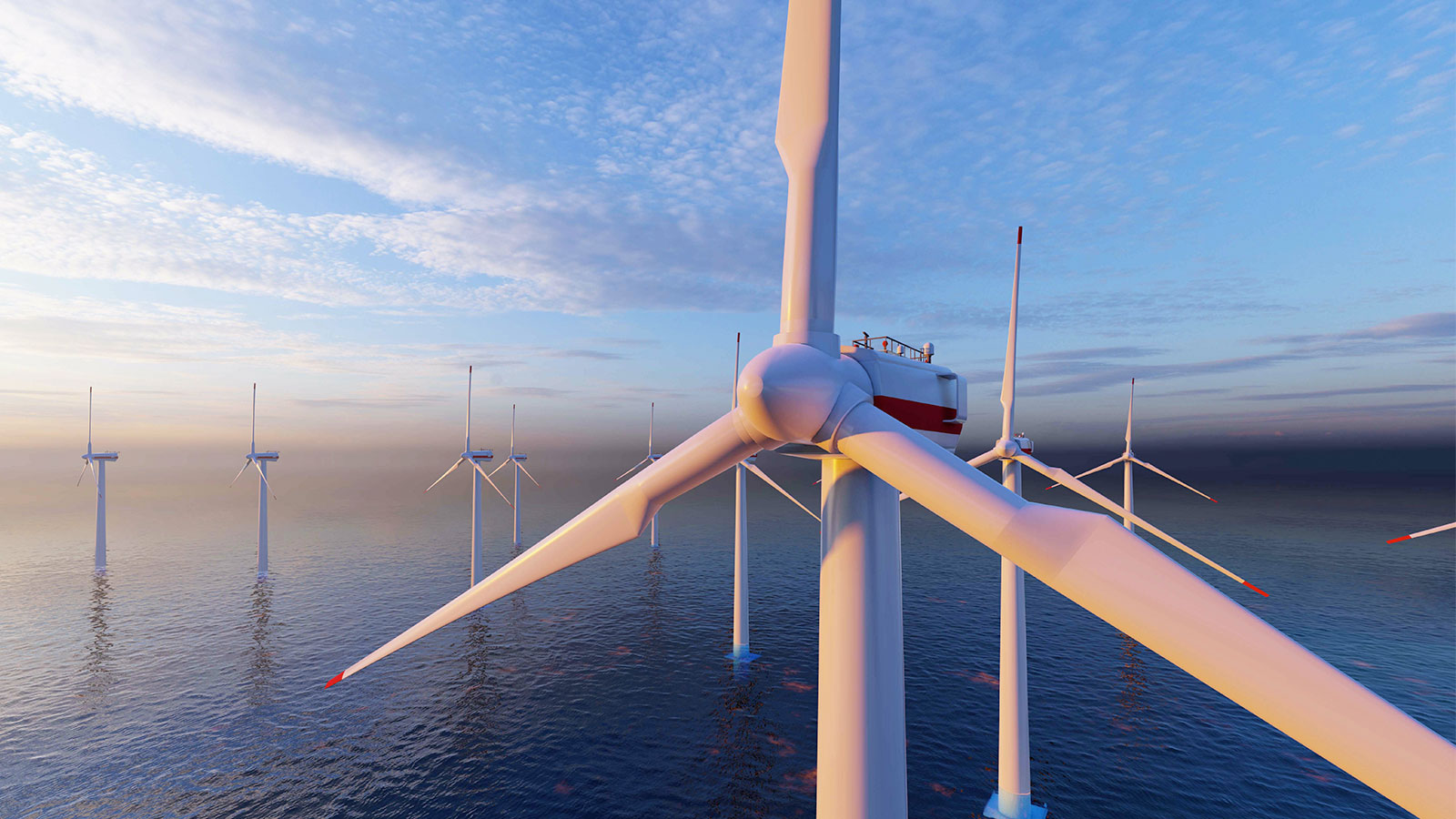Our Gossage Gossip columnist discusses the failure to secure any new offshore wind during the most recent Contracts for Difference auction, and why reforming the process could be long overdue.
There is one energy policy which the UK has genuinely been able to claim leadership in the western world – at least up to now. This has been the development of offshore wind power via the ‘Contracts for Difference’ procedure.
But the final gesture of the most hopeless Energy Secretary of modern times, Grant Shapps, has put paid to that boast. He oversaw the farce of the latest annual power auction – which received no power bids whatsoever for offshore wind.
It was a totally predictable disaster. Shapps had been warned endlessly, both privately and, latterly, very publicly, that a power price cap equivalent to about £60 per MWh in today’s prices was hopelessly inadequate.
That pre-announced price cap was about a fifth below a recent Irish sea auction. That should have been a warning.
Last December, German bureaucrats took a similarly parsimonious view on their price cap, producing a historically low subscription rate of just 20%. Higher prices in subsequent quarterly auctions boosted that interest around seven times.
In the US, Massachusetts has had to cancel offshore wind projects when bidders pulled out. Spotting this, New York regulators became pragmatic on pricing, and now look set to confirm four projects with auction winners including Equinor, BP and Orsted.
Unless the UK government acts promptly, altering its annual schedule, an upward adjustment to the price cap will require a year’s wait. With Vattenfall stalling earlier wind projects, the Government will miss its offshore wind capacity target of 50 GW by 2030 by a country mile.
Natural gas volatility remains the main factor in power price fluctuations. Offshore wind can in coming years offer far more additional scale than other renewable power sources. The faster it comes on stream, the faster fossil fuel gas can be replaced.





